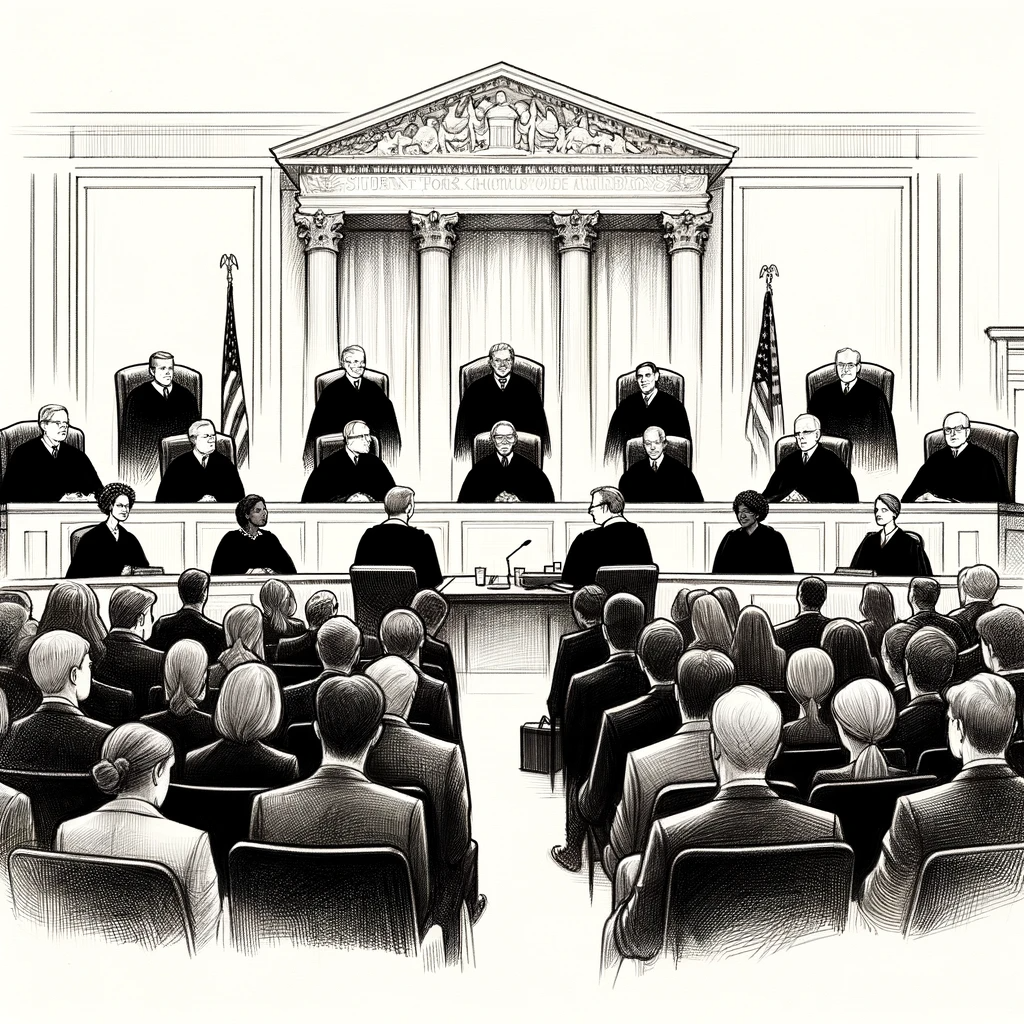Case Digest: Students for Fair Admissions Inc. v. President and Fellows of Harvard College

This case focused on the legality of race-based admissions programs at Harvard College and the University of North Carolina (UNC) under the Equal Protection Clause of the Fourteenth Amendment. The primary question was whether these prestigious institutions' admissions processes, which included consideration of applicants' race, were lawful.
Introduction:
STUDENTS FOR FAIR ADMISSIONS INC. v. PRESIDENT AND FELLOWS OF HARVARD COLLEGE was argued in October 2022 and decided in June 2023. This case addresses the contentious issue of race-based admissions in higher education, testing the boundaries of the Equal Protection Clause.
Facts of the Case:
Harvard and UNC, two of the oldest higher learning institutions in the U.S., employ highly selective admissions processes. Admission decisions at these universities are influenced by various factors, including a student's race. Students for Fair Admissions (SFFA), a nonprofit organization, challenged these race-based admissions practices, asserting they violated Title VI of the Civil Rights Act of 1964 and the Fourteenth Amendment's Equal Protection Clause. Initially, both programs were deemed permissible under these legal frameworks.
Issue of the Case:
The central legal issue was whether the admissions systems of Harvard and UNC, which consider race as a factor, comply with the Equal Protection Clause of the Fourteenth Amendment.
Ruling of the Case:
The Supreme Court held that the admissions programs of Harvard and UNC violated the Equal Protection Clause.
Impact on the Legal System:
This ruling signifies a pivotal shift in the legal landscape concerning race-based admissions in higher education. It questions the longstanding practices of affirmative action in college admissions, potentially influencing future admissions policies across the United States.
Conclusion:
The case represents a significant moment in the legal discourse on affirmative action and equal protection, underscoring the complex interplay between race, education, and the law.

